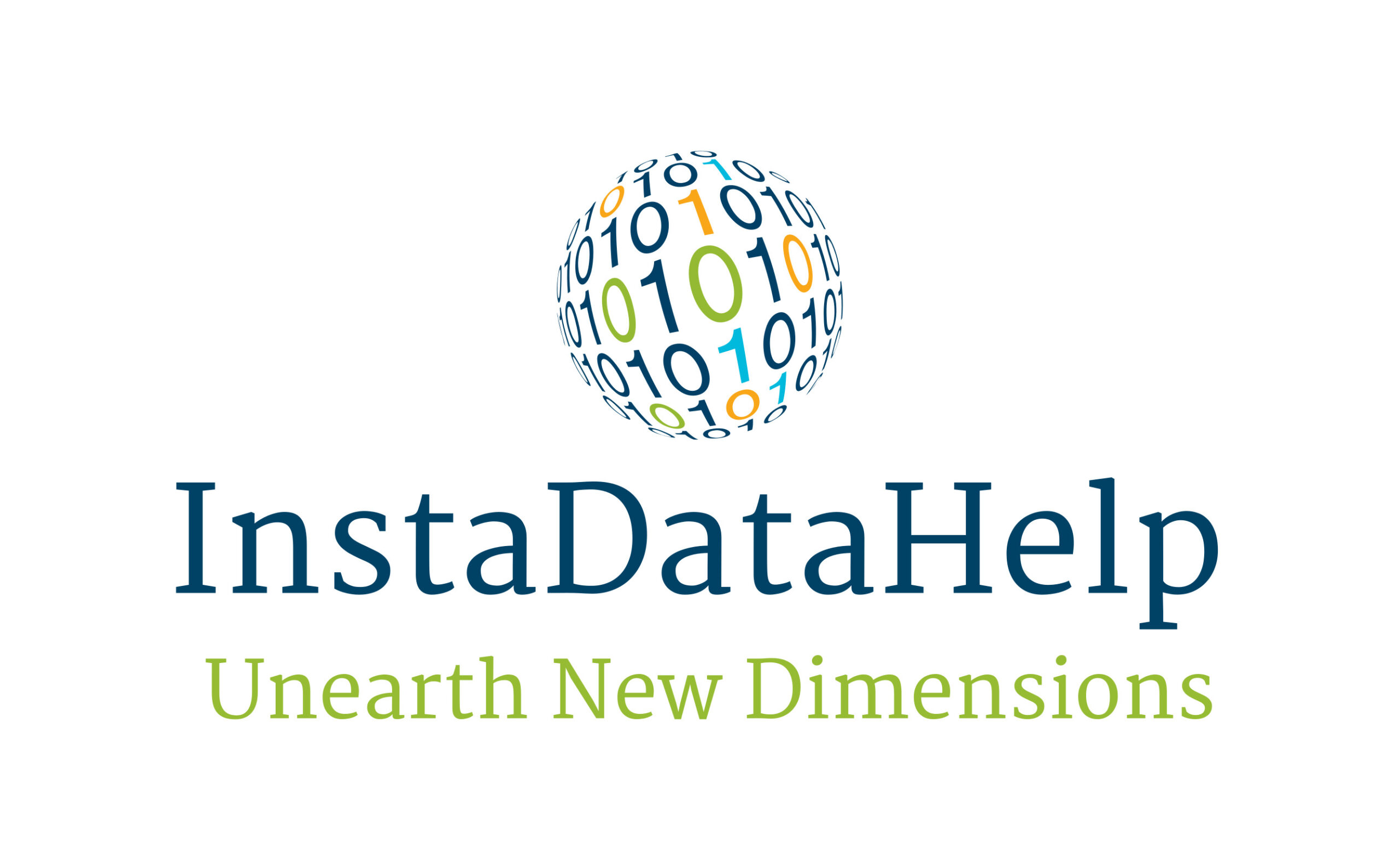Unlocking the Potential of Smart Grids: A Sustainable Energy Solution
Introduction:
In recent years, the world has witnessed a significant increase in the demand for energy due to rapid industrialization and population growth. This surge in energy consumption has led to a rise in greenhouse gas emissions and environmental degradation. To combat these challenges, there is a pressing need for sustainable energy solutions that can meet the growing demand while minimizing the impact on the environment. Smart grids have emerged as a promising technology that can revolutionize the way we generate, distribute, and consume energy. This article explores the potential of smart grids as a sustainable energy solution and highlights their key benefits and challenges.
Understanding Smart Grids:
A smart grid is an advanced electrical grid that incorporates digital communication and automation technologies to optimize the generation, distribution, and consumption of electricity. Unlike traditional grids, smart grids enable two-way communication between the utility provider and the consumers, allowing for real-time monitoring and control of energy usage. This two-way flow of information empowers consumers to make informed decisions about their energy consumption, leading to greater energy efficiency and cost savings.
Benefits of Smart Grids:
1. Enhanced Energy Efficiency: Smart grids enable real-time monitoring of energy consumption, allowing consumers to identify and reduce wasteful energy practices. By providing detailed information about energy usage patterns, smart grids enable consumers to make informed decisions about when and how to use electricity, leading to significant energy savings.
2. Integration of Renewable Energy Sources: One of the key advantages of smart grids is their ability to integrate renewable energy sources such as solar and wind power into the grid. By efficiently managing the fluctuating nature of renewable energy, smart grids ensure a stable and reliable power supply. This integration of renewable energy sources reduces dependence on fossil fuels, leading to a significant reduction in greenhouse gas emissions.
3. Grid Stability and Reliability: Smart grids incorporate advanced monitoring and control systems that can detect and respond to power outages and fluctuations in real-time. This enables utilities to quickly identify and resolve issues, minimizing downtime and ensuring a reliable power supply. Additionally, smart grids can automatically reroute power to areas experiencing high demand, preventing overloads and blackouts.
4. Demand Response and Peak Load Management: Smart grids enable utilities to implement demand response programs, where consumers are incentivized to reduce their energy consumption during peak demand periods. By shifting energy usage to off-peak hours, smart grids can effectively manage peak loads, reducing the need for additional power generation capacity and lowering energy costs.
Challenges and Solutions:
While smart grids offer numerous benefits, there are several challenges that need to be addressed for their widespread adoption.
1. Cost: The initial cost of implementing smart grid infrastructure can be significant. However, the long-term benefits, such as energy savings and reduced maintenance costs, outweigh the initial investment. Governments and utility providers can offer incentives and subsidies to encourage the adoption of smart grids, making them more financially viable for consumers.
2. Privacy and Security: Smart grids rely on the collection and transmission of vast amounts of data, raising concerns about privacy and cybersecurity. Robust data protection measures and encryption protocols must be implemented to safeguard consumer information and prevent unauthorized access.
3. Infrastructure Upgrades: The deployment of smart grids requires significant upgrades to existing infrastructure, including the installation of advanced meters, sensors, and communication networks. Governments and utility providers need to invest in infrastructure upgrades to ensure a seamless transition to smart grids.
4. Consumer Awareness and Engagement: To fully unlock the potential of smart grids, consumer awareness and engagement are crucial. Governments and utility providers should educate consumers about the benefits of smart grids and provide tools and resources to help them actively participate in energy management.
Conclusion:
Smart grids have the potential to revolutionize the energy sector by providing a sustainable and efficient solution to meet the growing energy demand. By integrating renewable energy sources, enhancing energy efficiency, and enabling demand response programs, smart grids can significantly reduce greenhouse gas emissions and reliance on fossil fuels. However, to unlock their full potential, governments, utility providers, and consumers must work together to overcome the challenges associated with their implementation. With the right investments and policies, smart grids can pave the way for a greener and more sustainable energy future.



Recent Comments